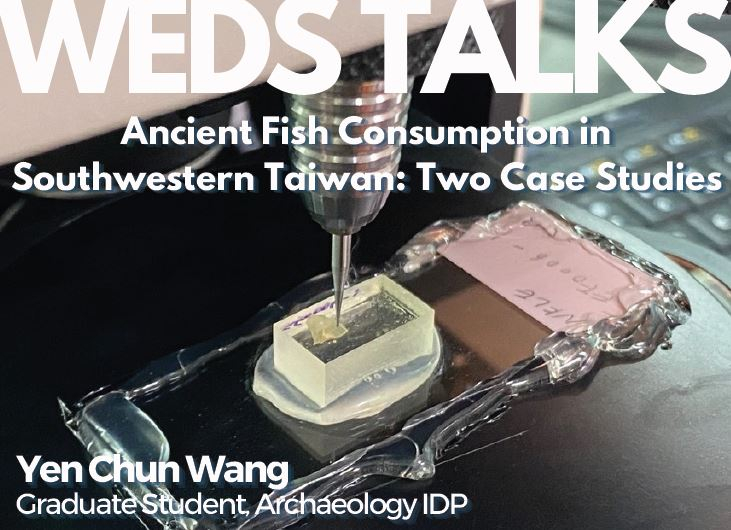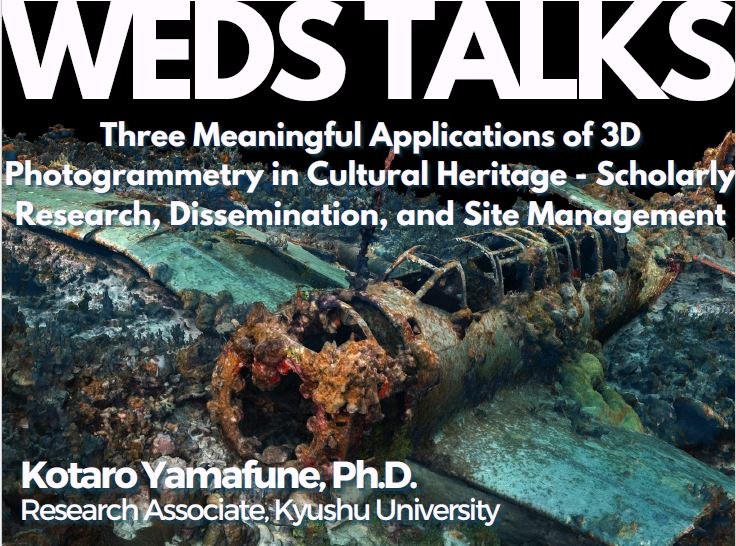Past Events
Interested in Cotsen events? Sign up for our mailing list.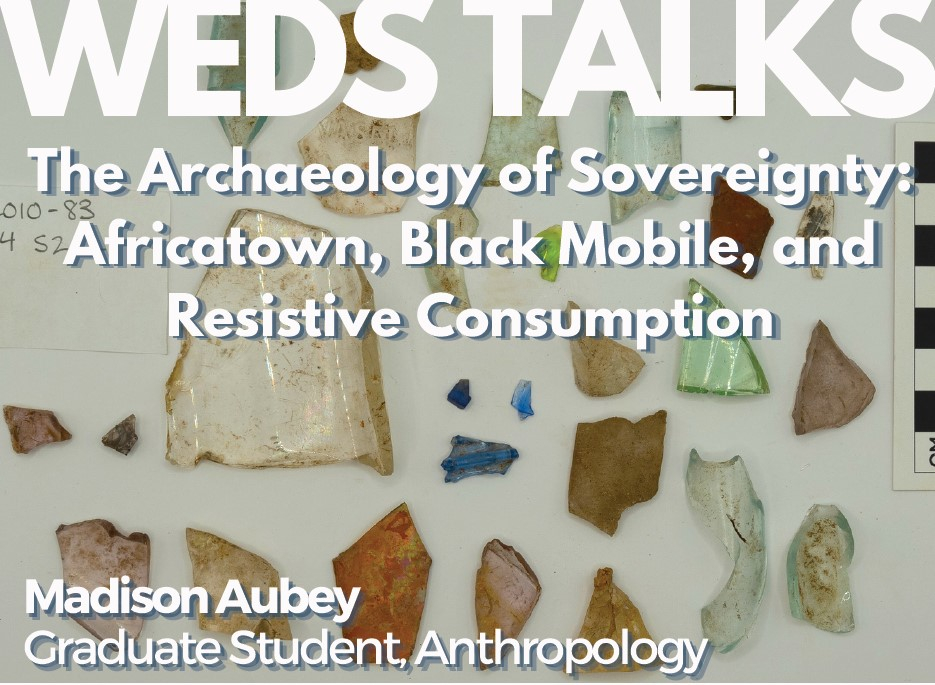
ABSTRACT: As the second most prolific exporter of cotton in the mid-19th century, Mobile, Alabama was built by enslaved laborers. As such, after the Emancipation Proclamation, there was, necessarily, a dramatic reordering of both economic and social structures. In addition to this new economic landscape, newly emancipated Black people gained geographic autonomy, with the ability to live far from the prying eyes of a former overseer or enslaver. By doing a comparative analysis of the archaeological material found at two free Black sites in what was at the time unincorporated Mobile-I explore the different ways in which 'free' Black life was carried out in the American South directly after Emancipation. The two sites, one in Africatown, Alabama, and the other near Magnolia cemetery highlight opposite ends of the spectrum of Afro-diasporic experiences in America at the time (generational enslavement vs. 5 years of enslavement) allowing for multifaceted representation of Black life. Additionally, as I engage with these two sites through collections already excavated, I discuss the value of collections-based research, especially in the archaeology of marginalized communities.
BIO: Madison Aubey received her BA in Anthropology from Columbia University. This past Spring, she completed her MA in Anthropology at UCLA. Her research has focused on broadening academic understandings of the African Diasporic experience in the United States and her work has taken her across the American South as well as the hinterlands of the Republic of Bénin. She is continuing this same line of research, with a focus on foodways, for her doctoral research.
Contact Sumiji Takahashi
Email sutakahashi@ioa.ucla.edu
Phone 310-825-4169
ABSTRACT: This presentation will cover two archaeological case studies around fish in Taiwan that I have been working on with Dr. Chieh-Hsiang Lin at Academia Sinica. Despite fish being one of the most abundant resources on the island, there has been very limited research about it until recently. Our first study, centered around the otolith assemblage in Southwest Taiwan, aims to examine changes in fish resource consumption. Instead of attributing these changes to ancient overfishing, we find that the transition in the otolith assemblage is more likely linked to alterations in the coastal environment. Our second study further investigate the large yellow croaker, an endangered species in East Asia also found in our sites. By comparing fossils, archaeological remains, and modern individuals, we discover that the subgroup around Taiwan has undergone transitions in life history, and their representation is also decreasing compared to the past, similar to the analysis of the subgroup near China.
BIO: Yen Chun Wang is a third year student in the IDP program of UCLA. He received his BA degree in National Taiwan University anthropology and MA degree from UCLA archaeology. His is interested in human environment interaction, such as fish consumption in the past and more recently, sugar production in Early Modern Taiwan.
Contact Sumiji Takahashi
Email sutakahashi@ioa.ucla.edu
Phone 310-825-4169
ABSTRACT: Photogrammetry has become an indispensable recording tool for maritime archaeology over the past decade. Thanks to its accuracy and flexibility, photogrammetry and the digital 3D models it generates are not only used as a recording tool and data source but are also applied in 'Academic Research,' 'Education and Outreach,' and 'Protection of Archaeological Sites.' In this talk, I will explain several case studies conducted in different countries and discuss its advantages and potential problems.
BIO: Kotaro Yamafune received his Bachelor of Arts degree in history from Hosei University in Tokyo in 2006. He entered the Nautical Archaeology Program in the Anthropology Department at Texas A&M University in September 2009 and received his Master of Arts degree in August 2012 and earned his doctorate in May 2016. His research interests include shipbuilding in Medieval Europe and the European Age of Discovery, and ship reconstruction both manually and through the use of digital tools such as 3D modeling software. He also focuses on photogrammetric recording of submerged cultural heritage, including shipwreck sites. He also expands his study interest to museology for nautical and maritime archaeology. In September 2016, he found A.P.P.A.R.A.T.U.S. LLC. and became its president. Also, he teaches a course of maritime archaeology at Tokyo University of Marine Science and Technology as a lecturer, and he conducts research at Kyushu University as a research associate. Currently he is helping both terrestrial and underwater archaeological projects and providing workshops in many countries using his skills of photogrammetry.
Contact Sumiji Takahashi
Email sutakahashi@ioa.ucla.edu
Phone 310-825-4169
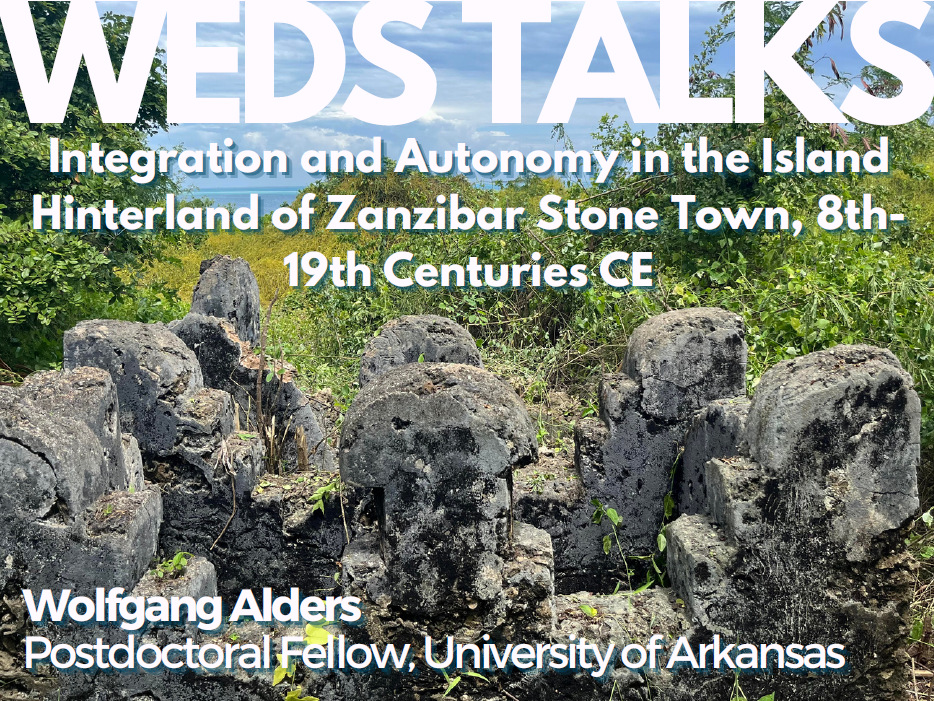

ABSTRACT: This presentation explores sociopolitical transformations on the East African Swahili coast through a consideration of urban and rural interactions on Unguja Island, in Zanzibar, Tanzania. From humble beginnings as a fishing village in the 10th century, the UNESCO world heritage site of Zanzibar Stone Town on Unguja grew into one of the wealthiest urban centers in the western Indian Ocean by the colonial era. Systematic field surveys guided by environmental models within the interstices of modern development around the town have enabled an investigation of social differentiation in the island’s hinterland. Surveys in 2023 recorded 55 new archaeological sites that help clarify the socioecological dynamics of early settlement on Unguja’s coasts by iron-working agriculturalists, the expansion of precolonial village communities inland, and transformations in the rural countryside associated with early colonial incursions. Ceramic distributions and settlement patterns attest to the integrative tendencies of rural Swahili communities with respect to emergent accumulations of social wealth. Integrative bottom-up activities of rural people may have shaped the trajectories of social complexity in coastal East African societies, specifically the long persistence of heterarchical political systems
Contact Sumiji Takahashi
Email sutakahashi@ioa.ucla.edu
Phone 310-825-4169
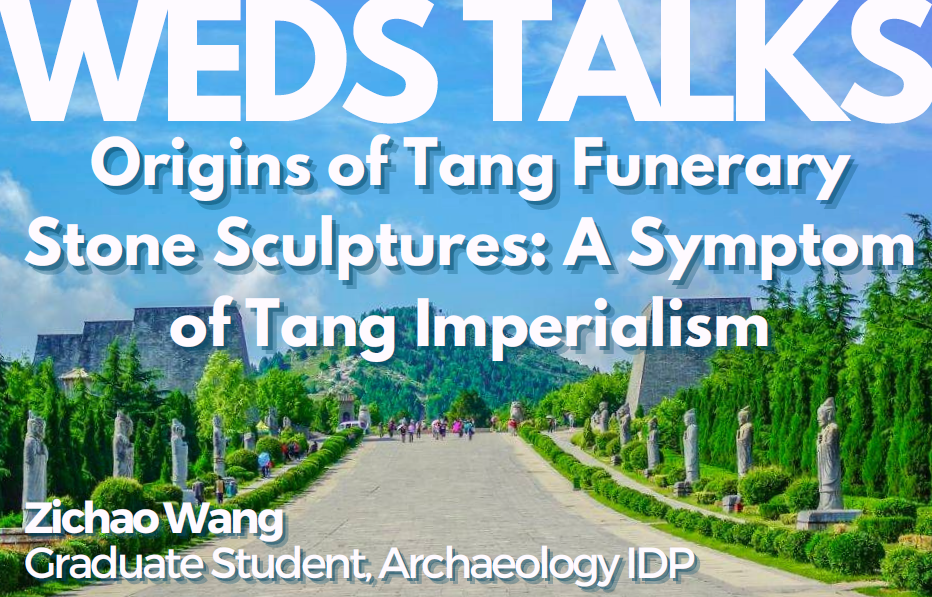
ABSTRACT: The Tang dynasty (618-907 CE) undoubtedly marks a special period ofChinese history for its cultural inclusiveness, marvelous artistic achievements, andunprecedented international influence. This talk will examine a special category of Tangimperial art: the funerary stone sculptures placed in front of the mausolea of emperors andtombs of high-level officials. By looking at the precedents of these finely produced anddeliberately displayed statues, both from Han to Tang, and from East Asia to Inner Asia, Iargue that all the categories of Tang funerary stone sculptures had come into being in aregionalist manner at least since the Southern and Northern Dynasties period (420-589CE), whereas the effort to incorporate these distinct regional traditions reflects this newlyborn empire's ambition of creating a "Culture of Ours."
BIO: Zichao Wang is currently a Ph.D student at the Archaeology InterdepartmentalProgram at UCLA. He graduated from the Chinese University at Hong Kong and McGillUniversity for two masters' degrees. Therefore, he is now a complete historian and a partialarchaeologist. With a focus on the political and cultural history of early China, he has beenwriting broadly on various topics of Chinese history. At UCLA, he attempts to fullyincorporate different sources and approaches to achieve a more comprehensiveunderstanding of Chinese history, which is, inevitably, also a part of world history.
Contact Sumiji Takahashi
Email sutakahashi@ioa.ucla.edu
Phone 310-825-4169
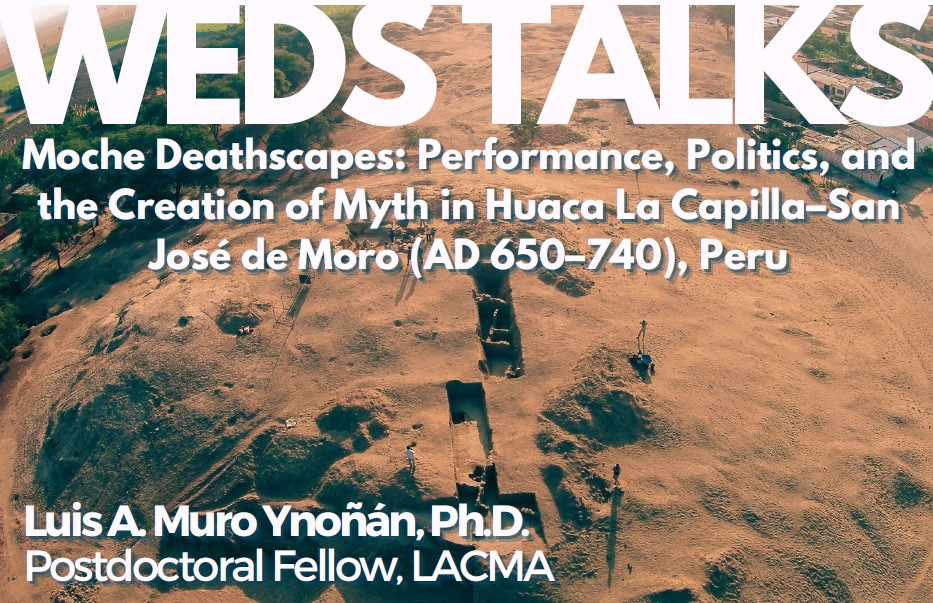
ABSTRACT: Death in the Moche world has traditionally been examined from object-centered perspectives that have favored discourses about hierarchy, status and power. However, such perspectives have left behind discussions about deathscapes and their role in the production of ancestors and the (re)distribution of political power. Based on my excavations at Huaca La Capilla, a monumental structure located in the Late Moche (650-850 CE) cemetery of San José de Moro, Jequetepeque Valley, I examine the dynamic and changing nature of mortuary landscapes and their monuments. I argue that Huaca La Capilla was the locus of body-centered performances that preceded the burial of Moche elite individuals. These performances were, ultimately, involved in the (re)production of myths of Moche ancestrality and particular notions of time, history, and construction of the being that gave political legitimacy to ruling groups in times of deep crisis.
BIO: Luis A. Muro Ynoñán is currently a Postdoctoral Fellow at the Los Angeles County Museum of Art and a Visiting Lecturer in the UCLA Department of Art History. Previously, he was a Postdoctoral Scientist at the Field Museum and a Pre-doctoral Fellow at the Pre-Columbian Studies program at Dumbarton Oaks. He holds a MA and Ph.D. from Stanford University and a BA and Licenciatura from Pontifical Catholic University of Peru. As a Peruvian archaeologist, Dr. Muro is broadly interested in the relationships between performance, death, and politics in the ancient Andes, integrating anthropological and performance theory with multi-scalar methods of spatial analysis and absolute dating techniques. He is now leading the Úcupe Cultural Landscape Project in Lambayeque, Peru, a multidisciplinary project that seeks to study the origins of Moche religion in relation to climatic fluctuations in the Andes in the first millennium CE.
Contact Sumiji Takahashi
Email sutakahashi@ioa.ucla.edu
Phone 310-825-4169
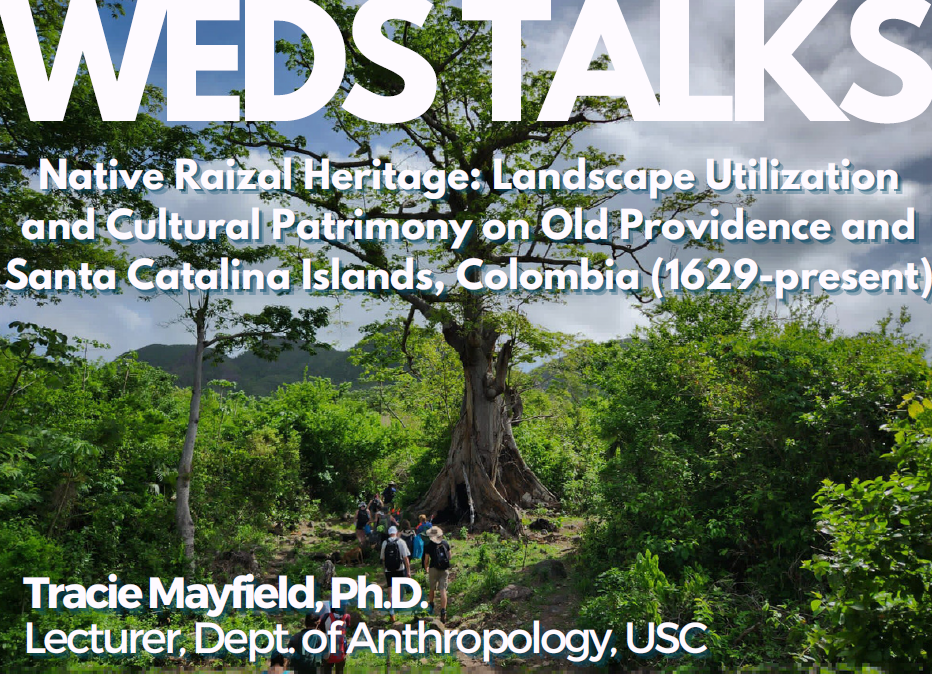
ABSTACT: The islands of Old Providence and Santa Catalina, located 130 miles off the coast of Nicaragua and around 8.5 square miles in size, have been a center of global trade, resource extraction, and military action since 1629, when the English Puritan venture capitalists of the Providence Island Company —whose shareholders also held stakes in the Virginia Company. The Virginia Company was one of the first to enter the American slave market, beginning in 1619, when their ship, the Treasurer, docked in Virginia several days after the first slaves arrived on the White Lion. The Islands are still occupied by descendants of the original English Puritan colonists, enslaved Africans, and self-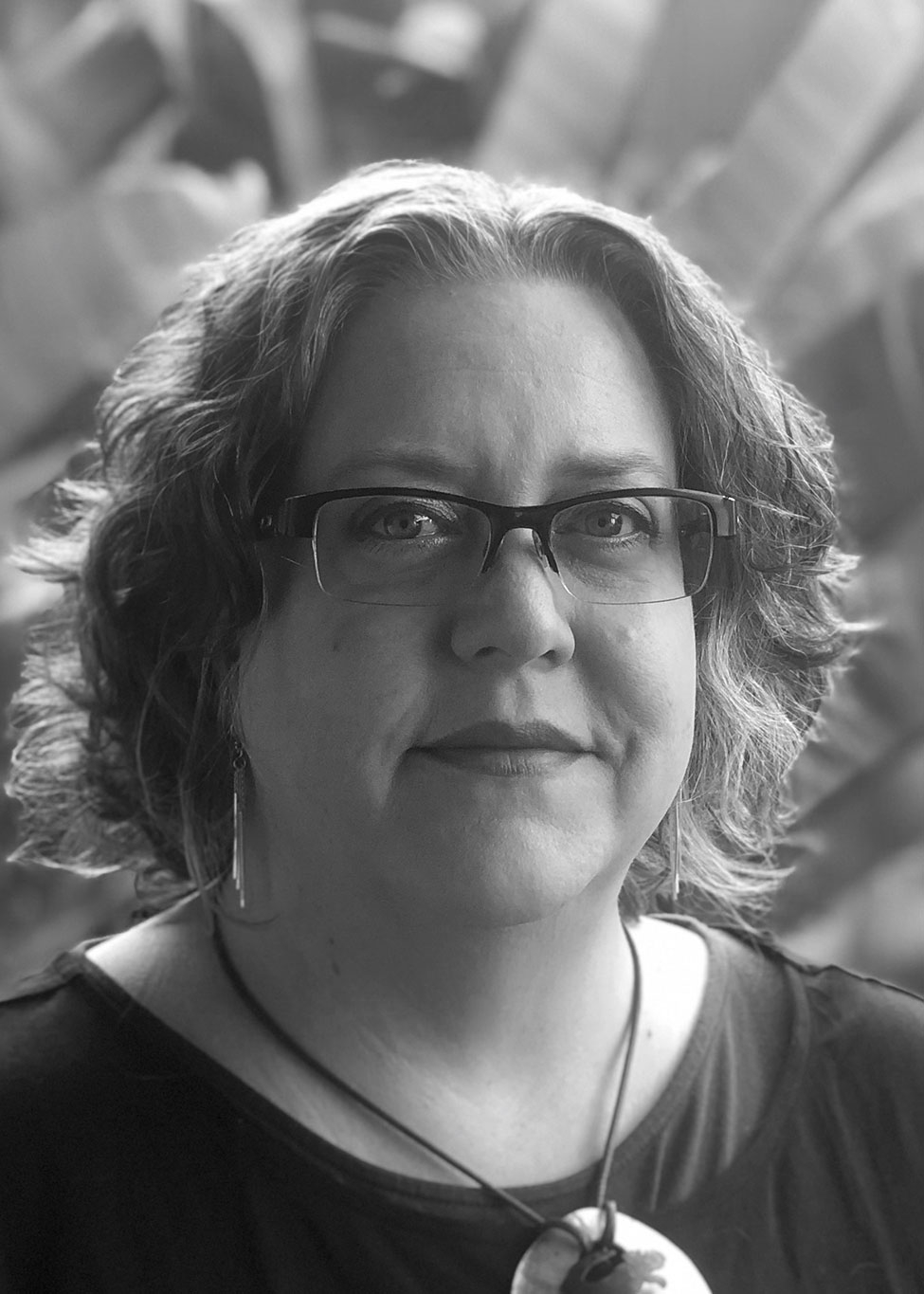 emancipated Africans, who established a coterminous Maroon colony that included peoples of Indigenous and European descent fleeing the colonial industrial complex; and who now identify collectively as Raizal. In her presentation, Dr. Mayfield explores Native Raizal heritage —both tangible and intangible— through the lens of enduring forms of landscape utilization and discrete types of cultural patrimony.
emancipated Africans, who established a coterminous Maroon colony that included peoples of Indigenous and European descent fleeing the colonial industrial complex; and who now identify collectively as Raizal. In her presentation, Dr. Mayfield explores Native Raizal heritage —both tangible and intangible— through the lens of enduring forms of landscape utilization and discrete types of cultural patrimony.
BIO: Dr. Tracie Mayfield is an anthropological archaeologist, ethnohistorian, and teaching professor with research specializations in the archaeologies of colonialism, zooarchaeology, ceramics, heritage studies, and community-led research. She is the Principal Investigator of the Old Providence and Santa Catalina Island (Colombia) Archaeological Project and Co-Director of the San Pedro, Ambergris Caye (Belize) Archaeological Project.
Contact Sumiji Takahashi
Email sutakahashi@ioa.ucla.edu
Phone 310-825-4169
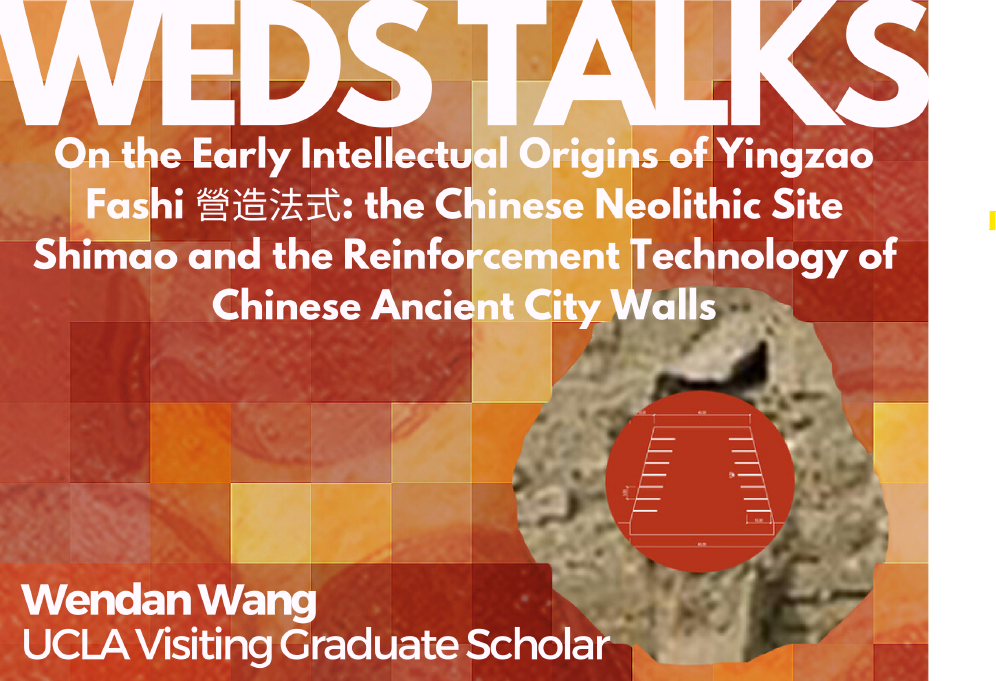
ABSTACT: Renmu (絍木 “reinforcing timber”) is a timber component that was used to build ancient city walls. It is recorded in the early twelfth-century compilation of architectural principles known as Yingzao fashi營造法式 (Principles and Forms of Architectural Constructions). Wendan is willing to share
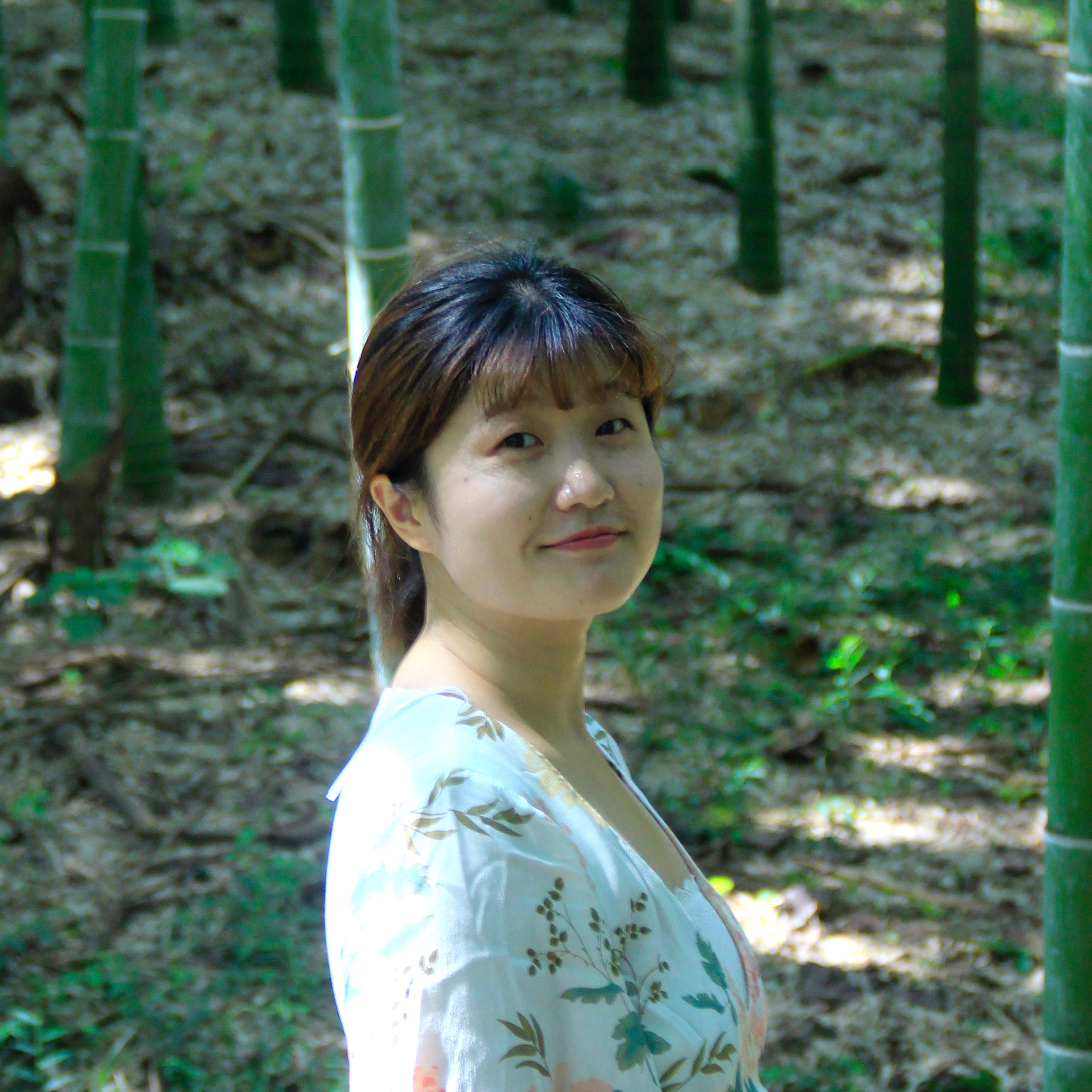
element technique, she attempts to verify the feasibility of reconstruction using the Abaqus software to analyze the overall stability of the slope in these reconstruction schemes.
BIO: Wendan Wang is from Hunan, China. She received her BA in Archaeology at Jilin University. Her next destination was Nanjing University where she was trained as an architectural archaeologist and obtained an MA. Her doctoral research will focus on Chinese buildings and settlements in the late Neolithic Age.
Renmu (絍木 “reinforcing timber”) is a timber component that was used to build ancient city walls. It is recorded in the early twelfth-century compilation of architectural principles known as Yingzao fashi營造法式 (Principles and Forms of Architectural Constructions). Wendan is willing to share her stories about how to explore renmu’s function and reconstruct its form by interpreting documents and analyzing similar remains from ancient city sites. And based on the shear strength reduction finite element technique, she attempts to verify the feasibility of reconstruction using the Abaqus software to analyze the overall stability of the slope in these reconstruction schemes.
Contact Sumiji Takahashi
Email sutakahashi@ioa.ucla.edu
Phone 310-825-4169
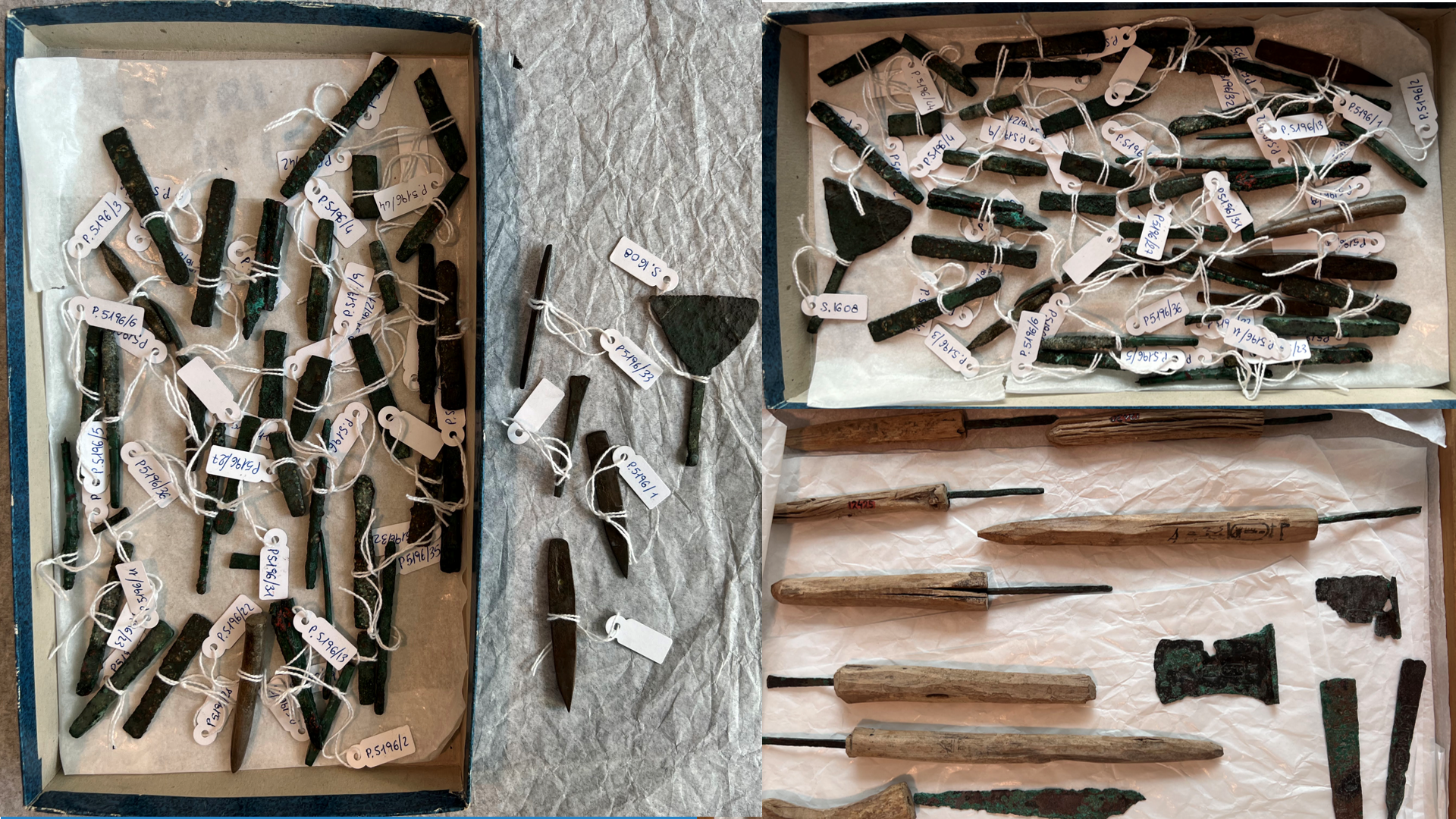 Abstract: In Egyptological scholarship, the term “model tools” has been used to characterize miniature representations of implements that have been stripped of their practical function, emphasizing their relatively “cheap” method of production. Their categorization as “model tools” was established primarily on size by Flinders Petrie in his 1917 monograph Tools and Weapons. Due to this characterization, “model tools” are either implied or exclusively said to be produced and used as a ritual object and, therefore, have no functional ability outside the ideological realm. While continued discourse on their role and function in the mortuary context has continued to reinforce their ritual purpose, metallurgical analysis allows us to problematize their confinement to the ritual sphere and further reveals the object’s life history.
Abstract: In Egyptological scholarship, the term “model tools” has been used to characterize miniature representations of implements that have been stripped of their practical function, emphasizing their relatively “cheap” method of production. Their categorization as “model tools” was established primarily on size by Flinders Petrie in his 1917 monograph Tools and Weapons. Due to this characterization, “model tools” are either implied or exclusively said to be produced and used as a ritual object and, therefore, have no functional ability outside the ideological realm. While continued discourse on their role and function in the mortuary context has continued to reinforce their ritual purpose, metallurgical analysis allows us to problematize their confinement to the ritual sphere and further reveals the object’s life history.
My paper will present a compositional analysis of Bronze Age metal tools from the collections of the Brooklyn Museum and Museo Egizio in order to re-examine the utilitarian function of “model tools” and further nuance their designation as “models”. As the majority of my corpus has an unknown provenance, my discussion will be limited to the objects’ alloy composition and how this might reflect their efficacy as utilitarian tools in the hands of craftspeople. Comparative analysis, both temporarily and contextually, allows us to explore whether an object’s function influenced alloy choice. The idea is to not only build a corpus for comparanda, but to also challenge our etic classification of objects and provide a space for debate and reconfiguration of modern categorizations.
Contact Sumiji Takahashi
Email sutakahashi@ioa.ucla.edu
Phone 310-825-4169
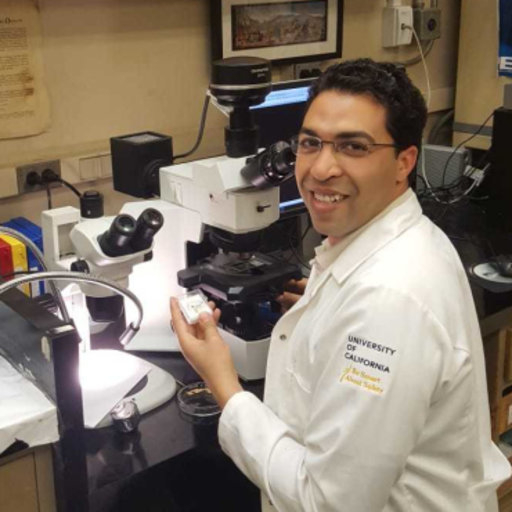 Abstract: Preservation of organic food remains from Ancient Egypt is an exceptional aspect of the archaeology in this region. The level of preservation of these materials has contributed to the early development of archaeobotany and radiocarbon dating. In this talk I will present unpublished food remains from the predynastic site cemetery of Nag ed Deir, and the New kingdom site of Deir el Ballas, in Upper Egypt. The materials were excavated in the early 1900s by George A. Reisner and Albert Lythgoe and are currently housed at the Hearst Museum of Anthropology at the University of California, Berkeley. I will discuss the results of interdisciplinary analyses applying archaeobotanical and isotopic methods to plant foods from these two sites to understand the social history of food in ancient Egypt and anthropogenic impact of climate changes on the foodways and social structures.
Abstract: Preservation of organic food remains from Ancient Egypt is an exceptional aspect of the archaeology in this region. The level of preservation of these materials has contributed to the early development of archaeobotany and radiocarbon dating. In this talk I will present unpublished food remains from the predynastic site cemetery of Nag ed Deir, and the New kingdom site of Deir el Ballas, in Upper Egypt. The materials were excavated in the early 1900s by George A. Reisner and Albert Lythgoe and are currently housed at the Hearst Museum of Anthropology at the University of California, Berkeley. I will discuss the results of interdisciplinary analyses applying archaeobotanical and isotopic methods to plant foods from these two sites to understand the social history of food in ancient Egypt and anthropogenic impact of climate changes on the foodways and social structures.
Bio: Amr Khalaf Shahat, is a postdoctoral researcher at Ancient Agriculture and paleoethnobotany lab, the Cotsen Institute of Archaeology at UCLA. He earned his PhD in Egyptian Archaeology and Paleoethnobotany from UCLA, and his Masters in Egyptology from the University of Memphis. He is interested in the study of Egyptian foodways through the analysis of plant remains from tombs and settlements and museum collections to answer questions related to cultural identities, and cross-cultural interaction.
Contact Sumiji Takahashi
Email sutakahashi@ioa.ucla.edu
Phone 310-825-4169
- ‹ previous
- 4 of 21
- next ›



